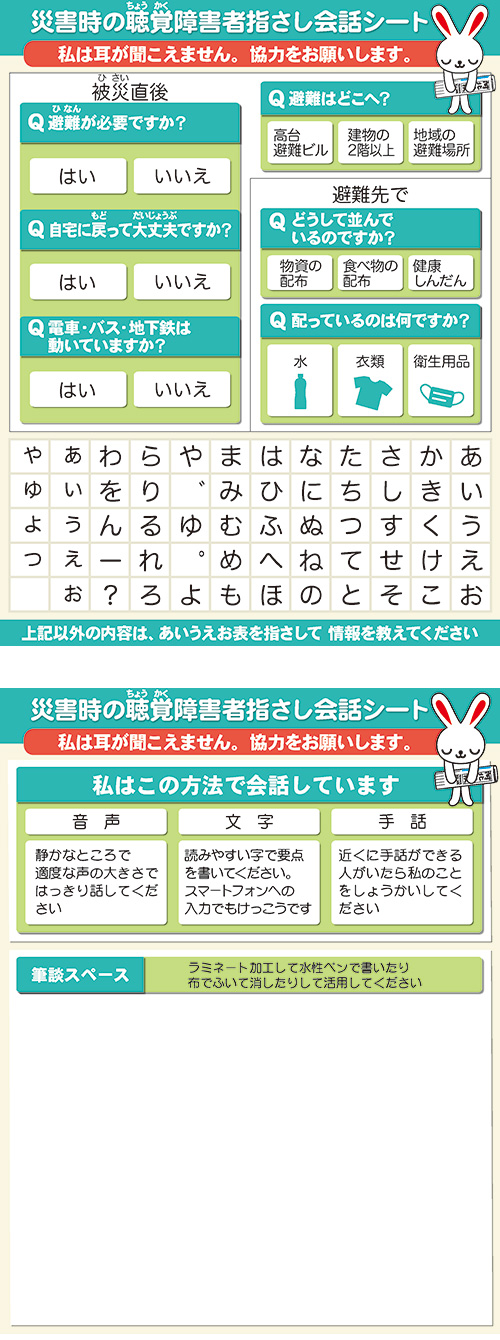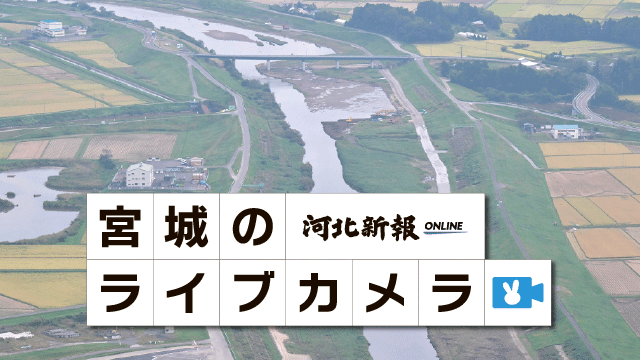Evacuating by Car (2-End) Assuming That It Is Unavoidable
"We need to make policies that allow people to abandon their cars." (Naoya Sekiya, Associate Professor at Toyo University)
Kahoku Shimpo: 31.2% of people responded to a questionnaire that they would evacuate by car in case of a tsunami.
Naoya Sekiya: When you examine the reasons why people chose to evacuate by car, the most frequent answers are "I was far from a safe location" and "I needed to evacuate my family and relations." These responses are reasonable, and one must accept the figure of over 30% as a natural result. At the time of the 2011 Great East Japan Earthquake and Tsunami, over half of all people fled by car. Many of them would have died if they had not done so. The fact that the government has officially approved use of an automobile as a legitimate method of evacuation is proof that officials were aware of these facts.
KS: 21.4% of people responded that they evacuated by car because "My car is worth a lot of money."
NS: It is a lower figure compared to the other reasons. The reality is that in afflicted areas unprepared to handle evacuation from a tsunami, people generally evacuated by car in order to save their lives ? not to protect a valuable piece of property.
KS: Evacuating by car often entails the risk of traffic congestion; at the same time, there are instances in which cars are indispensable in order to evacuate those in need. The government is urging people to refrain from using their cars unless it is absolutely necessary to do so.
NS: The government cannot curb car usage by simply "urging" people to not evacuate by car. At the time of a disaster, it is not an issue if people use cars in uncongested areas, but in regions that are prone to traffic congestion on a daily basis, there is no doubt that cars transporting evacuees will be bogged down in traffic. The key to solving this problem does not lie in curbing car usage, but in making it possible for people to evacuate even if there are traffic jams.
KS: What measures can we take to reduce the risks that traffic causes?
NS: Divide regions prone to traffic into specific zones and make sure local residents understand these divisions, and then strategically place shelters and tsunami towers where people can take refuge if they are forced to abandon their vehicles. If traffic occurs during a tsunami, drivers do not know whether it is better to stay in their cars or to abandon them and flee to higher ground. They also need to take into account that their decisions may affect drivers behind them. It is important to construct side strips and parking lots where drivers can quickly drop off their vehicles and to erect signposts showing the way to tsunami shelters.
KS: What do you think of the current situation in afflicted areas?
NS: The sheer number of dump trucks and other construction vehicles is quite startling. Reconstruction workers near the shorelines are being exposed to the risk of another tsunami. While there now seem to be more signposts indicating how far the tsunami waves reached at the time of the earthquake, the number of signs indicating the location of evacuation shelters is still inadequate. Personally, I'd like to see as much effort as possible made so that in the future we can save the lives not only of residents but also people who happen to be passing through.
(Summary of the results of the survey carried out by Kahoku Shimpo and Tohoku University) Asked to circle all relevant reasons why they chose to evacuate by car, 52.4% of all respondents marked "A safe location was too far away, so if I didn't use a car I wouldn't have made it in time"; 43.5% "In order to evacuate family and relations"; 32.9% "Because I usually use a car as a method of transportation." Looking at responses based on region, in areas to the south of Sendai (excluding the metropolitan area of Sendai itself as well as Tagajo) the majority of respondents said they used a car because safe areas were too far, while in Ishinomaki and Onagawa most respondents said they used a car to evacuate family and relations.
(Naoya Sekiya (age 37, born in Niigata City) studied at Tokyo University. Before graduating he became a teaching assistant in informatics. He was a full-time lecturer at Toyo University in 2007 and an associate professor in 2010. He specializes in disaster informatics and social psychology)
Translated by Samik Sikand
April 8, 2013 (Mon.)
[Japanese] http://www.kahoku.co.jp/special/spe1114/20130408_01.html
 朝刊・夕刊
朝刊・夕刊 記事を探す
記事を探す FAQ
FAQ
















